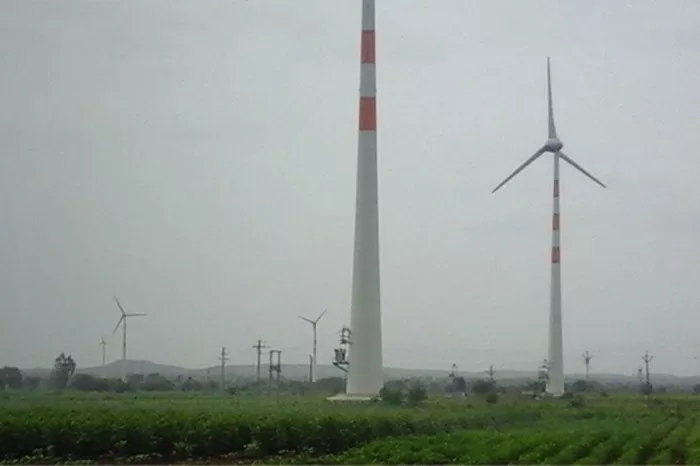Tata Power, one of India’s largest integrated power companies, has joined forces with Amazon Web Services (AWS) to drive India’s shift toward a greener, smarter, and more consumer-focused energy ecosystem. The collaboration will harness cloud computing, artificial intelligence (AI), and Internet of Things (IoT) technologies to improve operational efficiency, strengthen grid resilience, and enhance consumer engagement in the clean energy sector.
India is expected to lead global energy demand growth over the next two decades, according to the International Energy Agency (IEA). To meet this demand, Tata Power is modernizing its digital infrastructure with AWS. The partnership will enable real-time analytics, automation, and decentralized power generation, supporting grid stability, predictive maintenance, and seamless energy transactions. These advancements aim to boost sustainability and operational efficiency across the energy value chain.
Digital Transformation with AWS
Tata Power has already migrated 23 mission-critical applications to AWS using Amazon Elastic Kubernetes Service (EKS). This move has improved scalability, security, and real-time operations in areas such as power generation, renewables, grid management, sales, and finance. Additionally, the company has implemented a serverless architecture using AWS Step Functions to optimize energy transactions and grid operations in response to fluctuating demand patterns.
The transformation is powered by two dedicated data lakes for power generation and renewables. These data lakes integrate real-time information from solar farms, wind assets, smart meters, and industrial IoT devices. Using AWS Glue and Amazon S3, Tata Power is unlocking AI-driven analytics for predictive maintenance, grid optimization, and demand forecasting.
Tangible Benefits and Innovations
Tata Power’s digital overhaul is already delivering significant results. AI-powered insights are improving outage detection, enhancing grid reliability, and providing personalized energy recommendations to help consumers optimize costs. The company is also streamlining renewable energy integration to accelerate the clean energy transition.
Looking ahead, Tata Power is exploring cutting-edge technologies such as blockchain-based energy trading, AI-driven demand response solutions, and computer vision for asset monitoring. In the generation and renewables sector, AI-driven predictive maintenance, real-time analytics, and supply chain optimization are maximizing plant efficiency and renewable energy output.
Grid Modernization and Consumer Solutions
Grid modernization is another key focus area. Tata Power is integrating smart IoT technologies to automate grid operations, minimize downtime, and optimize supply-demand balancing. These innovations have significantly reduced Aggregate Technical & Commercial (AT&C) losses across Tata Power’s distribution companies (discoms) in Delhi, Odisha, and Mumbai.
For consumers, Tata Power is offering personalized energy solutions, including home automation and Energy-as-a-Service (EaaS). These services leverage AI insights and blockchain transactions to give consumers greater control over their energy consumption. On the enterprise side, cloud-based systems are enhancing transparency, agility, and efficiency in energy transactions.
A Global Benchmark for Clean Energy
By adopting a cloud-first digital infrastructure, Tata Power is not only accelerating India’s clean energy transition but also setting a global standard for data-driven power utilities. The collaboration with AWS marks a major milestone in redefining energy management for a net-zero future, solidifying Tata Power’s position as a leader in smart and sustainable energy solutions.
About Tata Power
Tata Power, a part of the Tata Group, is one of India’s leading integrated power companies. With a diversified portfolio of 15.6 GW across generation, transmission, distribution, trading, and energy storage solutions, the company is a key player in India’s clean energy transition. Tata Power has 6.7 GW of clean energy capacity, accounting for 43% of its total portfolio, and is committed to achieving carbon neutrality before 2045. The company serves approximately 12.5 million customers nationwide, driving innovation and sustainability in the energy sector.

